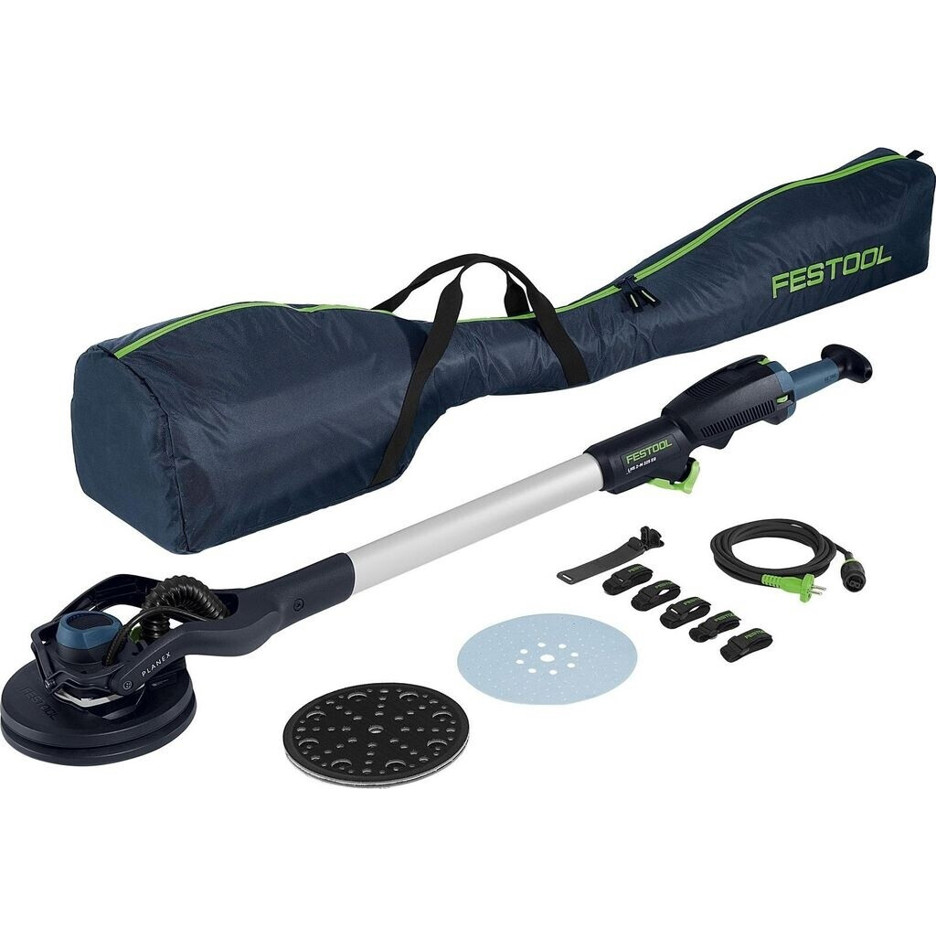
Winkelschleifer Mit Drehzahlregelung 125mm Im Koffer Angebot
Add a review FollowOverview
-
Sectors Project Management
-
Posted Jobs 0
Company Description
It’s A Long-Neck Sander Test Success Story You’ll Never Remember
Understanding the Long-Neck Sander Test: An Overview for Professionals
The long-neck sander test is a vital examination in various building and painting tasks, mostly concentrating on attaining smooth surfaces on big surface areas. This post intends to inform professionals about the specifics of the long-neck sander test, its significance, approach, and how it enhances work quality in various trades. We’ll cover whatever from typical FAQs to particular information in tabular type, making sure an extensive understanding.
What is a Long-Neck Sander?
A long-neck sander, also referred to as a prolonged reach sander, is a tool developed for sanding big surface areas– especially ceilings or tall walls– that would otherwise be difficult to reach with standard sanders. The style usually consists of a long deal with linked to a sanding head, allowing users to accomplish a smooth finish without the requirement for scaffolding or ladders.
| Kind Of Long-Neck Sanders | Description | Best Use Case |
|---|---|---|
| Pneumatic Sanders | Air-powered, lightweight | Industrial and vehicle applications |
| Electric Sanders | Corded or cordless | Residential paint and drywall finishing |
| Manual Sanders | Hand-held but extended | Touch-ups and information work |
Importance of the Long-Neck Sander Test
The long-neck sander test serves several functions, including:
-
Surface Quality Assurance: Ensuring that a surface area is consistent and devoid of flaws may avoid issues in subsequent work stages, such as painting or sealing.
-
Functional Efficiency: By assessing the effectiveness of a long-neck sander, specialists can identify the right technique and methods that will conserve time and resources.
-
Security Assurance: Reducing the need for scaffolding or extensive ladder work lessens fall threats, hence promoting a much safer work environment.
Methodology of the Long-Neck Sander Test
Carrying out a long-neck sander test involves numerous actions that ensure both quality and efficiency.
-
Preparation:
- Obtain the required tools: long-neck sander, sandpaper of various grits, dust mask, security goggles.
- Guarantee the office is clear of debris.
-
Test Surface Selection:
- Choose an area of the product you prepare to sand. This could be drywall, wood, or other surfaces.
-
Sanding Technique Assessment:
- Evaluate the different sanding strategies such as orbital, linear, and cross-sanding.
- Test different grits to figure out optimum outcomes for the product.
-
Observation and Measurement:
- Visually examine for scratches, unevenness, or any signs of flaw.
- Usage sanders with requirements that allow measurement for precise outcomes.
-
Documentation:
- Record findings, including surface condition before and after sanding.
- Note any concerns came across and potential resolutions.
Typical Issues and Solutions
Throughout the long-neck sander screening procedure, many concerns can arise. Here’s a table summarizing the common problems and their options:
| Issue | Prospective Cause | Service |
|---|---|---|
| Uneven surface after sanding | Incorrect sanding strategy | Adjust technique, attempt different angles |
| Excessive dust accumulation | Poor vacuum accessory | Make sure proper vacuum connection |
| Gouged surface area | Too coarse sandpaper | Start with finer grit sandpaper |
| Machine getting too hot | Extended use or incorrect maintenance | Enable a cooling duration and inspect motor performance |
Frequently asked questions About the Long-Neck Sander Test
1. What types of surface areas can a long-neck sander be used on?
Long-neck sanders are perfect for drywall, plaster, wood, and some concrete surface areas. Each surface area might need particular sanding pads or techniques.
2. How do I understand which grit sandpaper to utilize?
Selecting the ideal grit involves beginning with a coarser grit for heavy product elimination, then moving towards finer grits for Myntek raveling the surface.
3. Is a long-neck sander essential for little tasks?
While valuable for large areas, for small tasks or information, a manual sander may be enough. However, utilizing a long-neck sander generally offers a more consistent finish.
4. Exist any security concerns connected with utilizing a long-neck sander?
Yes, it is essential to use safety goggles and a dust mask to prevent inhaling dust and prevent eye inflammation. Additionally, guarantee proper body posture to avoid strain.
5. How frequently should the sandpaper be altered?
The frequency of sandpaper replacement varies depending upon the product being dealt with and the depth of sanding. Normally, once the sandpaper appears stopped up or inadequate, it needs to be changed.
The long-neck sander test is an important procedure in many construction and finishing applications, guaranteeing high standards of quality and security. By understanding the different approaches, possible concerns, and FAQs surrounding this tool, experts in the field can boost their workflow and deliver remarkable results regularly.
Investing time in mastering long-neck sander methods will not just improve surface finishes however also contribute to a more effective and safer workplace. Whether dealing with large-scale business jobs or smaller sized property ones, the tools and knowledge stemmed from the long-neck sander test are indispensable properties.



